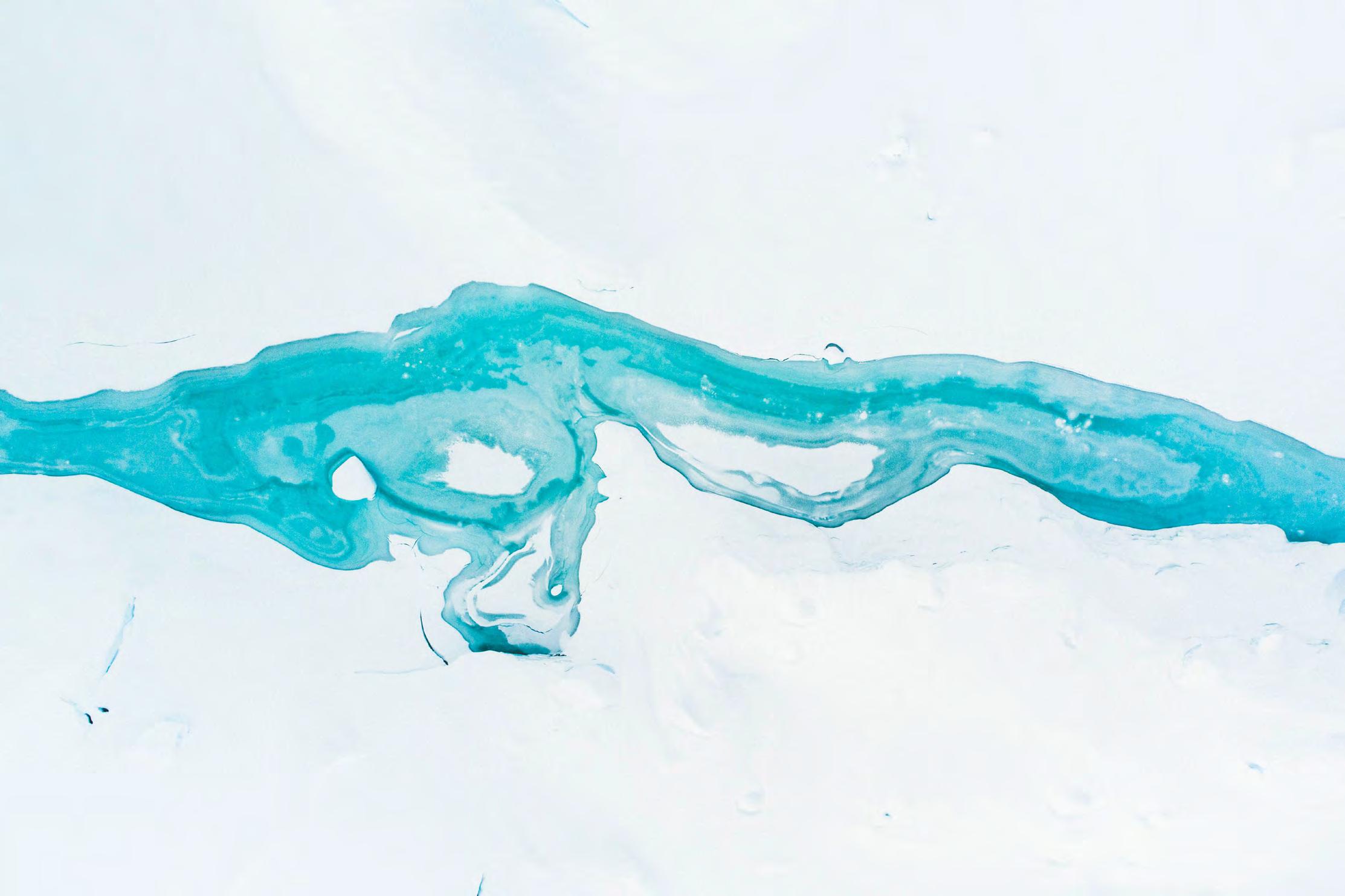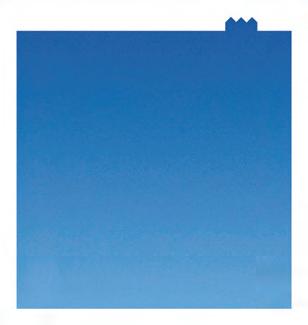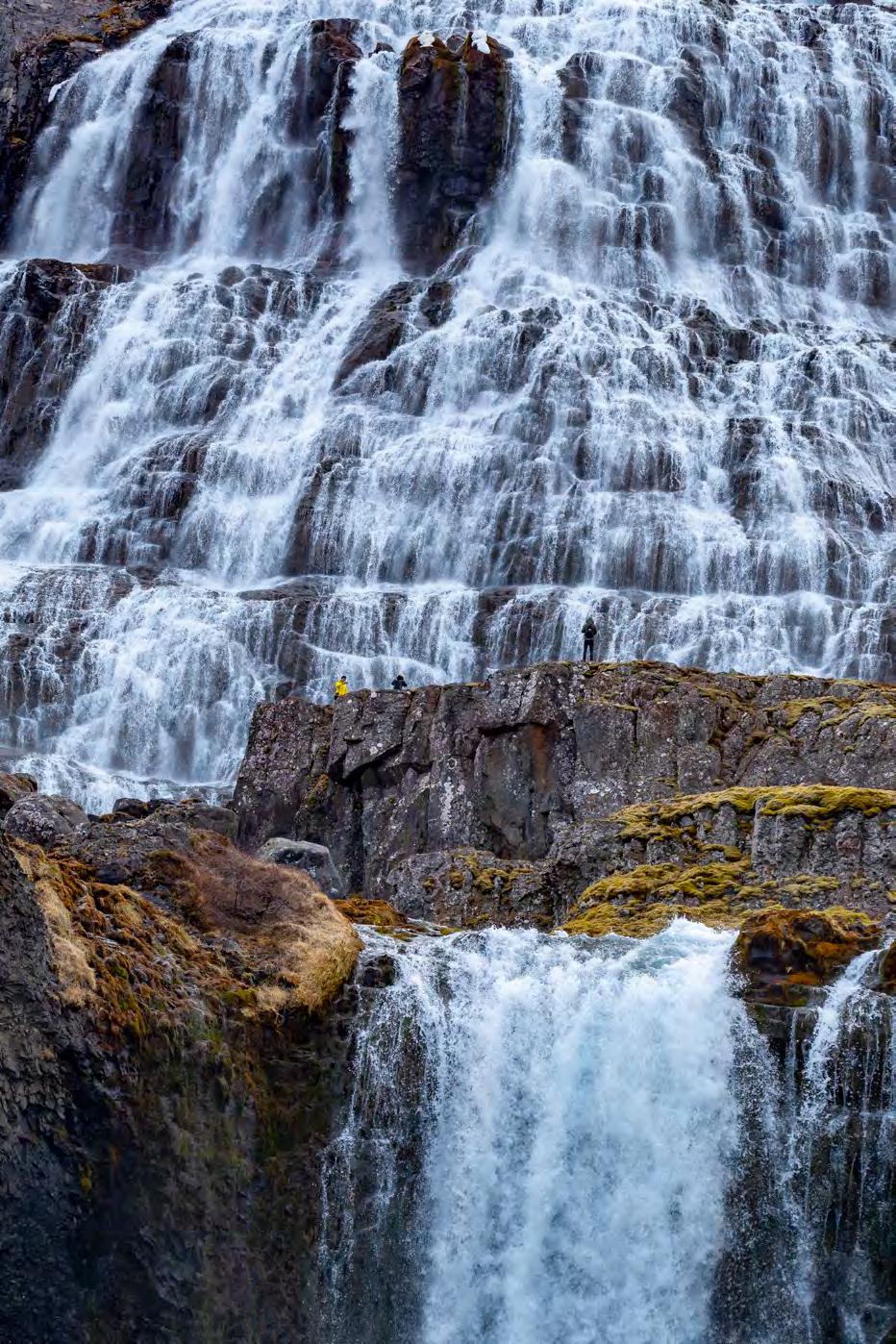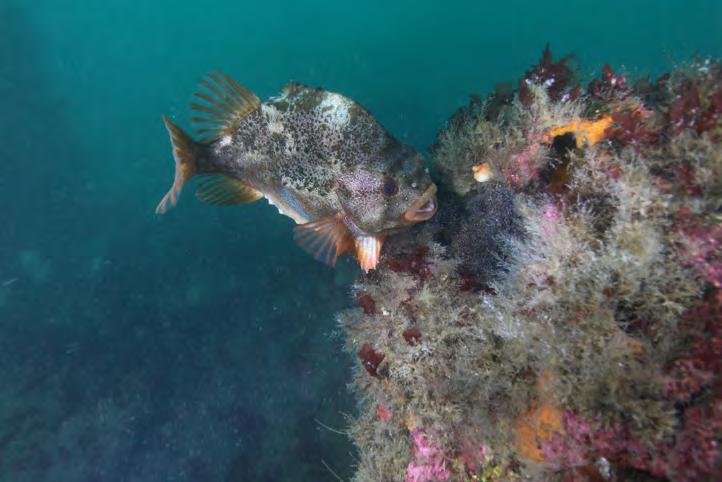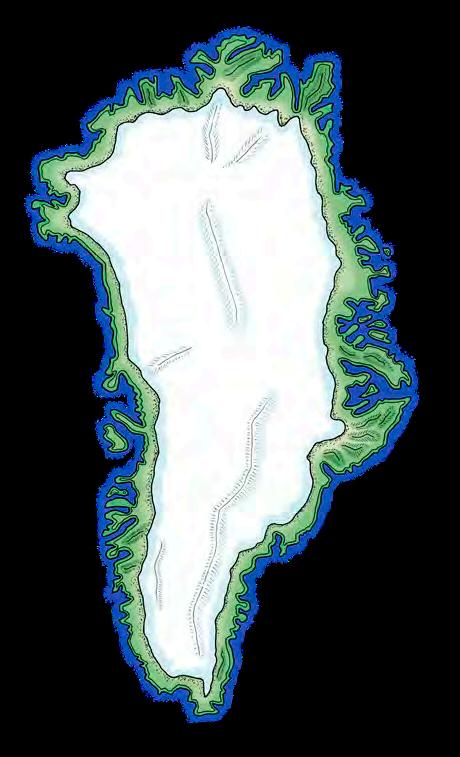
7 minute read
North Iceland: Of horses and trolls
TRAVEL North Iceland
Travelling Trollaskagi
Horse roundup and other adventures in the kingdom of trolls.
I grew up in the shadow of Trolla- skagi (“Troll Peninsula”). At 1,213 m (3,980 ft), Sulur – one of the peninsula’s many mountains – rises over Akureyri. The twin peaks can be conquered in about three hours by a trail which leads across hillocks and up a rocky slope where there’s usually snow – even in mid-summer. The view of the town, gleaming Eyjafjordur and mountains all around, is sure to leave you awestruck.
Trollaskagi is situated in the centre of North Iceland between the fjords Eyjafjordur and Skagafjordur. Carved by deep valleys, its rugged interior is dotted with mini glaciers. The Ring Road (Route 1), leads across mountain pass Oxnadalsheidi on Trollaskagi. A round trip of the peninsula was made possible by a tunnel, which opened in 2010.
Wild horses
There’s absolute silence. Anticipation lies in the air. Photographers prepare their cameras. Everyone is looking towards the mountain, hidden behind a veil of fog. Suddenly, there’s a distant sound of hoofbeats and then the first horses appear. They run down the hill with the whole herd following at full speed. Dirty, sweaty with flying manes – bleached after a summer in the mountains – the 550 or so mares, youngsters and foals appear to be untamed. As autumn falls, their time in the wild is up and they’re brought back to their farms.
A region famous for its horses, Skagafjordur becomes a soughtafter destination on the last Saturday of September, when a horse roundup takes place at Laufskalarett pen in Hjaltadalur valley, near historical site Holar. A witness to the spectacle last September, I was amazed at the number of spectators. There’s a special kind of atmosphere around the pen. For locals, this is a festival weekend, complete with horse shows, dances and an open house at horse breeding farms. A men’s quartet performs patriotic songs, farmers chat with family and friends and teens buzz about the upcoming dance. Foreign tourists try to wrap their heads around the roundup. “I was addressed by a Danish couple and tourists from Japan, who seemed to realise that I was in charge. They didn’t understand the purpose of the structure, what we were doing and why all these people were watching and having beer!” laughs Atli Mar Traustason, manager of the roundup. “They also thought the singing
was bizarre.” Having horses roam mountain pastures has various benefits, Atli explains. “Freedom is very important to the horses, that they can run almost anywhere they like … they become stronger characters.” Also, the rough terrain makes them more flexible and sure-footed.
After having rested for a while, the horses are driven into the centre of the pen in manageable groups and then sorted according to the 16 farms to which they belong. When there’s doubt about the ownership of a horse, Atli scans the microchip in its ear. The affair usually runs smoothly and takes about one and a half hours. Afterwards, the farmers ride home with their horses. Atli and his family go first, because their farm is the furthest away. “It’s some 18–20 km [11–12 mi]. It takes us about three hours,” he informs. “For many of the people who ride with us, it’s the highlight of the year. Often, it’s the last ride of the season.” Afterwards, the celebration continues with a feast at the farms; Atli had invited 60 people for dinner.
Through the mountain
In nearby town Hofsos, I dive into the pool. Perched on a hill, it offers a splendid view of Skagafjordur fjord where the rocky isle Drangey emerges from the waves. For centuries, locals rowed there to pick eggs from the nests of seabirds. This is also where outlaw Grettir from the Icelandic saga sought refuge and met his bitter end. Down by the harbour, café Solvik serves traditional pancakes: squares filled with jam and whipped cream, or rolls with sugar. Facing the restaurant is one of the oldest wooden buildings in Iceland, which now houses the Icelandic Emigration Centre. From here, hordes of Icelanders set sail in search of a better life in the New World.
The road out of town continues skyward along the western coast of Trollaskagi, a scenic drive – until the fog swallows the view. Suddenly a narrow tunnel appears. Like an opening into a secret world, the fog lifts on the other side, revealing the colourful houses of Siglufjordur. The fjord is surrounded by majestic mountains and the only way in and out by car is through tunnels. The new and elegant Siglo Hotel was built on a landfill by the harbour in harmony with surrounding buildings. Across the road, the Herring Era Museum takes visitors back to the time when Siglufjordur was the centre of herring fishing in Iceland and young people from all corners of the country moved there to take part in the action.
TRAVEL North Iceland
02

03 04


Hidden from plain view
All around Trollaskagi there is stunning scenery, within reach, yet hidden from plain view. In a rush to get to Akureyri, travellers rarely stop at Oxnadalur, where “Hillocks steep and stately; stride across the valley”, as national poet Jonas Hallgrimsson wrote about his birthplace (in the translation of Dick Ringler). Eerie peak Hraundrangi looms over the valley – and it’s even more impressive close up. From the farm Hals, a path leads up to the jagged mountain range and to Hraunsvatn, a placid lake, in less than an hour.
In my youth, my second home was rural Arskogsstrond where my family’s horses were kept. The highlight of summer was when we went horseback riding into abandoned valley Thorvaldsdalur, where the herd was grazing. Sun in my face, the horse’s rhythmic movements, the sound of mountain springs and buzzing flies is my idea of heaven. Open at both ends, a wilderness run takes place in Thorvaldsdalur every July.
Further to the north lies Skidadalur, a valley which leads out of the larger Svarfadadalur. Painter Asgrimur Jonsson’s favourite hideout, he described it as an artwork where “the most wonderful colours, red, blue and green, divide the landscape in the loveliest fashion”. He captured the valley’s beauty in many of his later paintings. Innermost in the valley lies Klaengsholl, the base for Arctic Heli Skiing.
Unearthing secrets
Trollaskagi has four ski resorts (including Hlidarfjall by Akureyri) and many opportunities for backcountry and heli-skiing. In summer, locals go hiking instead; there are trails to suit any level. It’s also possible to go diving, whale watching, sea angling, horseback riding, museum hopping, island hopping and swimming – not to mention bathing in beer. At a special café in Dalvik, the local legend of the unfortunate Bakkabraedur (Backwards Brothers) is upheld

05 06

01 An aerial view of Hjaltadalsa river. 02 Inside the circular pen, farmers try to identify their horses. 03 After having spent the summer in the wild, the herd of 550 horses is driven towards Laufskalarett pen to be reunited with their owners. 04 Local farmers sometimes permit tourists to participate in the roundup. 05 Laufskalarett from above. 06 Sorting horses can sometimes be a struggle.
with illustrations on walls and old artefacts on display.
The road to the next town, Olafsfjordur, leads through yet another tunnel. At the entrance is a viewing platform where one can marvel at the surroundings: Hrisey island, “The Pearl of Eyjafjordur”, to the south, and to the north (weather permitting), the shape of Grimsey island. The tunnel is the gateway to Fjallabyggd, a municipality uniting Olafsfjordur and Siglufjordur. Before the new tunnel opened in 2010, commuters between the neighbouring towns had to drive across hazardous mountain pass Lagheidi – or if closed, all the way around Trollaskagi! The twopart tunnel now also gives access to Hedinsfjordur, a wondrous mountain valley popular for treks.
This time, I opt for Lagheidi, which takes me to rural region Fljot in Skagafjordur, past peaceful farms and sparkling lakes. I head back to Hjaltadalur, the site of the horse roundup. Today, the Laufskalarett pen is empty and I continue past the silent structure to Holar. A site of an ancient bishopric and school, Holar University now teaches equestrian science, among other subjects. Outside the cathedral, an archaeological excavation is ongoing.
The sun sets and the mountains of Trollaskagi cast long shadows. At daybreak, secrets wait to be unearthed.
GETTING THERE:
Siglufjordur
Holar
Akureyri
Reykjavik
Air Iceland Connect flies directly to Akureyri several times a day in only 35 minutes. From there it takes one hour to drive to Siglufjordur along the western coast of Eyjafjordur. There’s also a bus connection. From Siglufjordur it takes approximately half an hour to drive to Hofsos and from there, one and a half hours onwards to Akureyri across Oxnadalsheidi.
→ airicelandconnect.com → visittrollaskagi.is



